 Winter availability
Winter availability
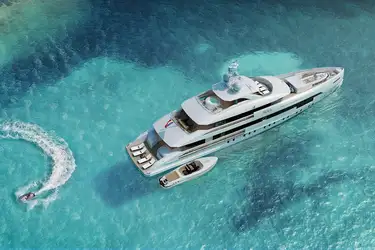
Burgess - the future of yachting.
Published 13 February 2020
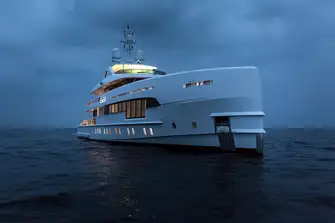
Burgess celebrated its 45th anniversary in 2020 and it seemed a good time to reflect on how far we've come. With 45 years at the forefront of developments we are reflecting on where this exceptional industry goes next. And with sustainability a key consideration for all businesses in the 21st century, we are looking forward to innovating and driving change for the future. The 49m Heesen HOME, a diesel-electric hybrid for sale and charter with Burgess, reflects the growing importance of environmental concerns in yachting.
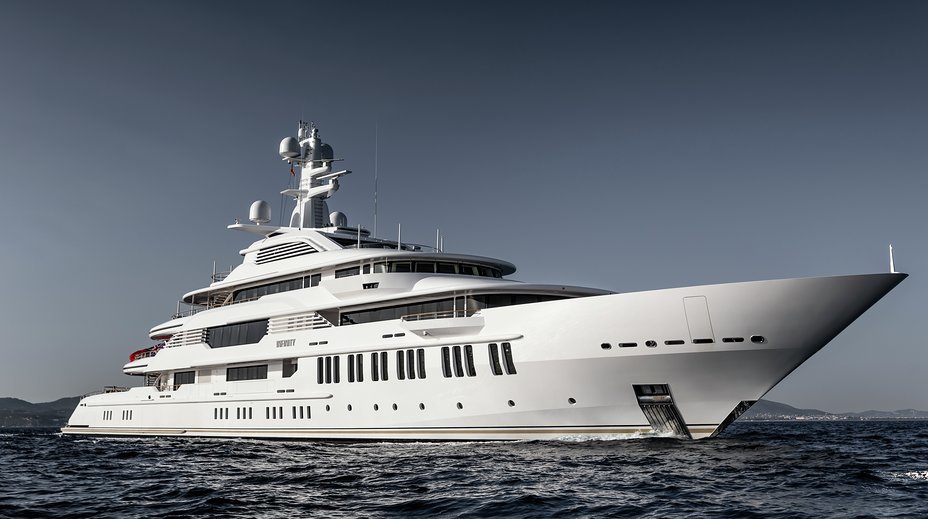
'Forty-five years ago the focus on ecological operation, environmentally friendly design and efficiency was nothing like it is today,' says Ed Beckett, a naval architect in the Burgess New Construction team. While new propulsion methods are undoubtedly exciting, it's important not to lose focus on today's technology while developing tomorrow's.
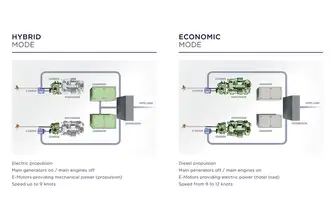
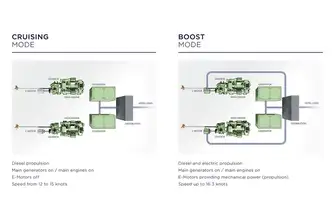
'Efficiency is about marginal gains,' adds Rory Boyle, another Burgess naval architect. 'If you replace 100W halogen bulbs with 12W LED bulbs, that's an 88 percent power saving, which also provides a significant reduction in radiated heat, so the air con is less busy, saving more power. The thermal efficiency of glass and insulation is becoming better, another saving. Everyone is looking for those small gains and it's those that create a green yacht.'
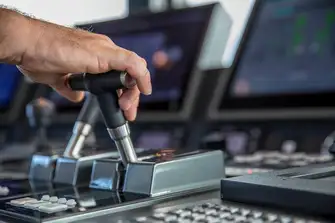
'We can recover waste heat kicked out by the generators and use that to heat swimming pools,' adds Ed. 'Putting filtered chilled and boiling water taps on a large yacht can save 30,000 plastic bottles a year for the crew. Fit them on 30 yachts, that's nearly one million plastic bottles saved. It's about efficiency and attitude - the greenest thing any yacht can do is to slow down. In a displacement yacht, cutting speed from 16 knots to 14 can reduce power requirements by half.'
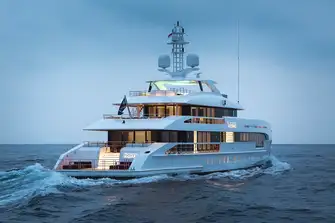
'Clients and engineering bodies are certainly looking to replace diesel with battery power or less something less onerous for our planet,' says Rory. 'Using hydrogen as a fuel is what everyone wants to do now but ten years ago it was LNG; others are looking towards methanol.' Ed agrees that the future needs to be clearer: 'An owner might decide to build a yacht with all the latest tech, investing heavily for it to be fuelled by hydrogen or methanol, only to find that the industry is looking into another technology by the time it’s delivered. We will always need the innovators, the change makers and the visionaries and strong collective action is required to find the right solutions for yachting and the yachtsmen and women of the future. Outside the business world, our client base is risk averse. It is up to us all to work together on this.'
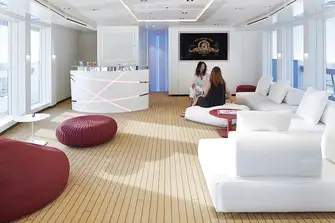
For Burgess marine electrical engineer Malcolm Barraclough a concern is the increase in hotel loads (the power requirements of running all the interior and domestic equipment and any other machines aside from the main propulsion) despite reductions in the power requirements of more modern equipment. 'Twenty years ago I worked on a 70m Amels that had a generating capacity of 950kW whereas today a similar sized yacht would have generators capable of producing 25 percent more; the cooling of outside spaces is just one of many reasons why. Hotel loads, which are constant, are typically double those of propulsion loads, which are not constant.
'It's not a problem that's confined to superyachts either. I recall some years ago in a previous life having real concerns about running short of available electrical power on one of the Royal Navy’s largest and newest warships.
'Battery technology is evolving rapidly and there are many potential applications that can reduce the environmental impact of a yacht,' he adds. 'Some completely electrically powered vessels are already in operation but these tend to be ferries, harbour tugs - vessels with predictable operating profiles and limited range requirements.
'Battery systems can be an important part of the overall power philosophy of a vessel,' continues Malcolm, 'in areas such as peak shaving, reducing the necessity to start generators to overcome short term increases in electrical load, or allowing generators to run at maximum efficiency, or high load, and storing the excess power for later use, either for peak shaving or for silent periods with no generators running. Previously excess electrical power would have been diverted to a load bank and used to heat sea water.'
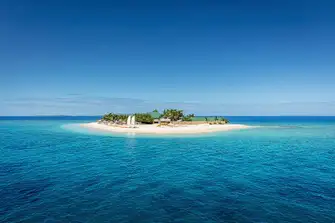
'By 2050, the IMO aims to cut greenhouse gas emissions by 50 percent compared to 2008' adds Malcolm. 'While trade shipping is essential, cruising is very much discretionary spend. Four European shipbuilders used by cruise ship companies have recognised the growing reputational importance of cutting emissions and pledged to reach that target by 2030. Is it applicable to yachts? Yes, it can be, but we need to find the right approaches, and sacrifices or changes will have to be made. With hydrogen, for instance, the owner may need to forego what was traditionally some interior space to accommodate fuel storage, thereby requiring a new approach to design. It is all within reach.'

'Measuring the impact of business and examining the best programmes for carbon offsetting and other positive contributions, as we're seeing with some airlines and private jet companies, is something we are actively considering ' Malcolm continues. 'Some will say it's virtue signalling but I'd say we're simply investing in the future. I'd also like to see yachts built more sustainably. Can we 3D print internal structures and fit veneers to that? During a refit, the interior could be recovered, recycled and reprinted as a new structure. Yachts could be designed and built to be recycled, like all new buildings.'
'We need to be open to innovation, look at how other industries use existing tech, explore how we can apply that to what we do and engage with the tech of the future.'
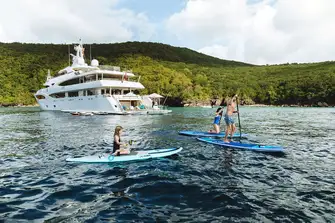
For Burgess Partner Georgina Menheneott, the problem is also operational. 'Paint, cleaning products and waste water treatment systems are of critical importance too. While the world is at least aware of the plastic problem, no one is yet talking loudly about other major topics affecting the quality and cleanliness of our oceans and how we change that.
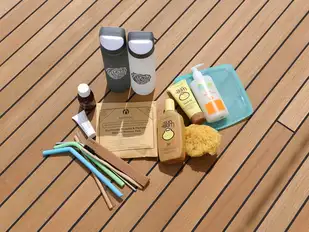
'A growing number of yachts in the Burgess-managed fleets are actively introducing measures to clean up their operation wherever possible,' Georgina continues. 'The Clear Ocean Pact is building momentum to reduce reliance on plastic in the industry and highlight sustainable products like refillable water bottles, eco-friendly detergents , reef-safe sun creams, and Guppy Bag and Cora Ball, which collect clothing fibres during the laundry process. Meanwhile companies like Hepburn Biocare and New Zealand-based Ecostore, manufacturers and suppliers of fully biodegradable and ecological cleaning and waste water treatment solutions to the marine industry at large are changing what is possible for yachts in terms of responsible cleaning and maintenance procedures. There are agents for change and we are looking for the game changers.
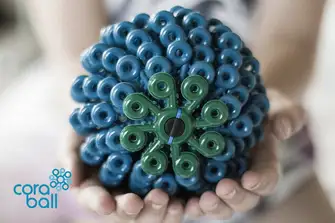
'Another big issue is the lack of proper recycling facilities, even in the Mediterranean. Crews meticulously separate their waste only to find there's just one bin, or three bins that get emptied into one truck and taken off, and no one knows where. David Gates of the Clean Superyacht Marina campaign is leading the charge on addressing that and we're working with him on this.'

There are more reasons for optimism. 'These issues are now part of the international daily dialogue and values are changing. The potential for exceptional R&D is there,' Georgina concludes. ‘When news broke in the 1980s over the growing hole in the ozone layer, unprecedented global action and concerted scientific research into replacements for ozone-depleting chemicals led eventually to the 1989 Montreal Protocol, quite literally to save our skin. This industry has phenomenal potential to invest in R&D - if the willingness is there and if we work together.'
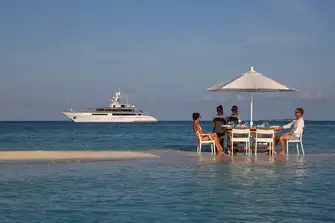
Whatever lies ahead in the next 45 years, Burgess will still be driving the industry forward, innovating, activating and doing all we can in terms of sustainability to ensure these enchanting destinations are there to be explored by future generations.
 Burgess 50: Our top five social posts in 2025
Burgess 50: Our top five social posts in 2025
 Catamaran GOOD DAY SUNSHINE sold
Catamaran GOOD DAY SUNSHINE sold

